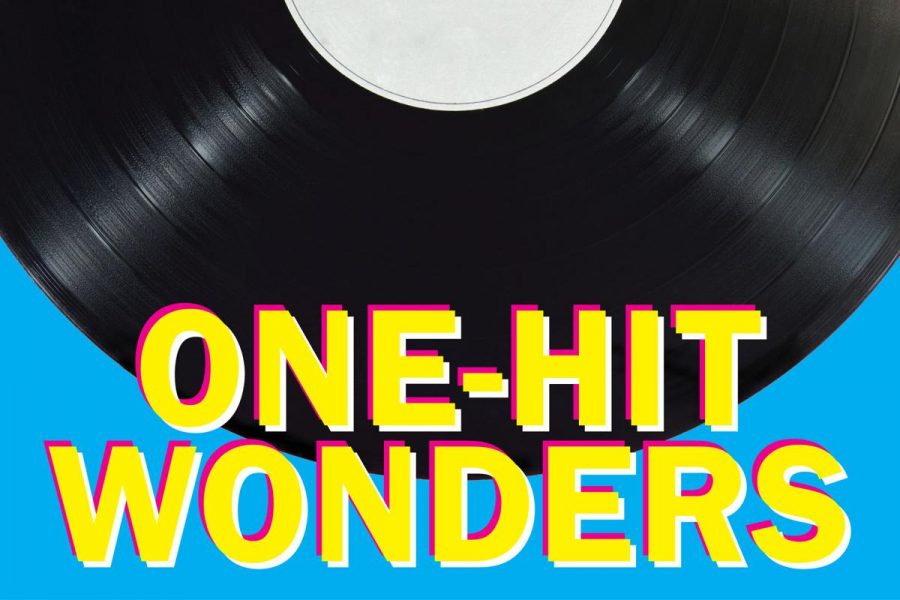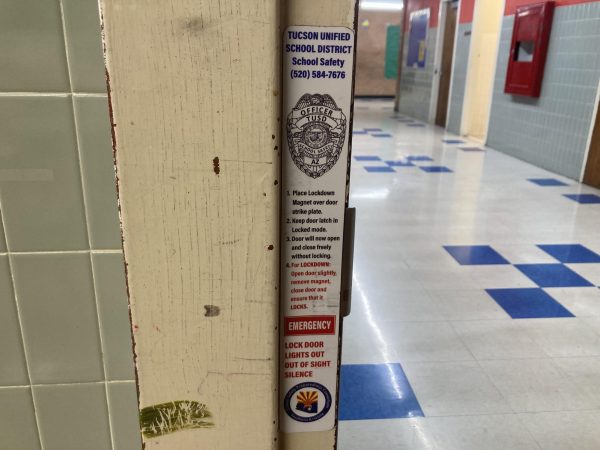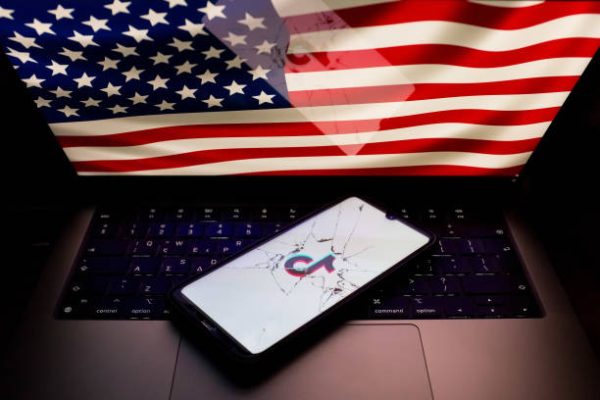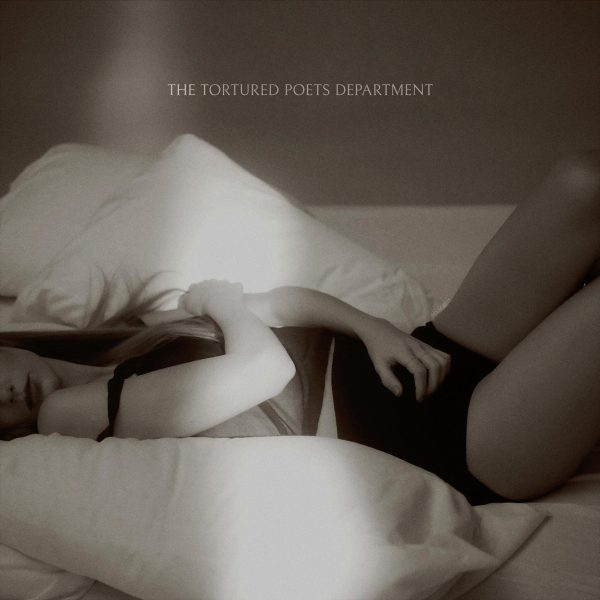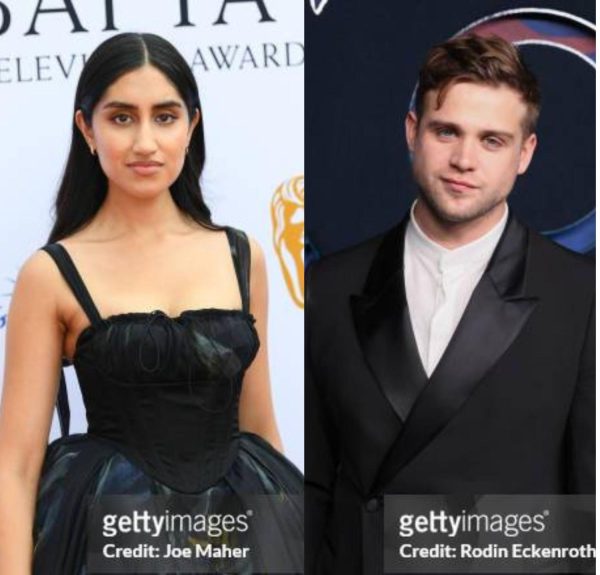The Dying Art of The “One Hit Wonder”
September 3, 2020
One hit wonder musicians and bands are great, there’s just no other way to put it. How could you not love these musicians who’ve made careers off of one successful song, despite having years of hard work behind them? It’s great to hear a new voice every once in a while instead of just listening to chart topping artists until your brain goes numb. Sadly, though it seems that the already underappreciated art of being a “One Hit Wonder” is fading away and might never come back.
The term “one hit wonder” has been used since the beginning of the 20th century as a sports term, usually referring to Boxers who relied on one knockout punch to win matches, or in Baseball when a pitcher only allowed one “hit” or one runner on base. Despite having multiple examples of musical one-hit wonders in the 50s and 60s, the term wasn’t coined until 1977 in an article about ABBA of all bands. That’s the thing about the term “one hit wonder” it is one of the most subjective phrases you can say, because there is no set guideline for how big one song is compared to others by the same band. You could argue most bands and artists from the past 40 years could be a “one hit wonder” or not, because music is a very subjective form of art.
Although there are many contenders for greatest one-hit wonders of the 80s, these are the biggest in my eyes: Take on Me by A-Ha, Come on Eileen by Dexy’s Midnight Runners, Tainted Love by Soft Cell, Whip it by Devo and I Ran (So Far Away) by A Flock of Seagulls. This first decade of one hit wonders was heavily influenced by the creation of MTV in 1981. Another main factor to the popularity of these 80s classics were their synth-pop roots, and some of them had the advantage of leading the second wave of the British invasion of America. As the 80s went away, so too did the popularity of the music genres that defined it, all to lead into the biggest era of the “One Hit Wonder”.
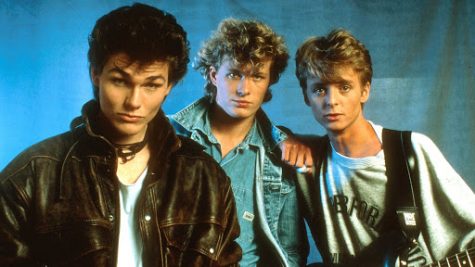
The 1990s were the golden age of the “One Hit Wonder”, each year had multiple chart topping artists that were never seen in the spotlight again after. There was also a lot more variety in the music that went mainstream with a wider spectrum of influences and genres. There were still the pop anthems, as to be expected, but they didn’t solely dominate the charts. Without some of these one-hit wonders from the 90s the entire mainstream music scene of that decade would have been more bland. Acts like Sinead O’Connor, Vanilla Ice, Chumbawumba, The Verve, Lou Bega and so many more helped transform the 90s into the most diverse decade of music America has ever seen.
Going from the diversity of the 90s into the aughts was an interesting time, partly because of the new technology that would later popularize and slowly kill off the “one hit wonder” entirely. Up to this point music was mainly accessible through radio, either the one in your car or a boom box that you could carry around with you, but that was beginning to change. In 1997 the mp3 player was launched in Asia and was released worldwide a year later. For the first time you could download and store music without having a physical copy of that song with you. This took the world by storm and was one of the hottest trends until the release of the iPod in 2001 which became even more successful. This launched the world headlong into this new media, purchasing and downloading songs would be the future of the music industry, the savior of the music industry… Right?
It turns out that downloading music to a file format such as MP3 would lead to people going on peer-to-peer file sharing websites like Napster and LimeWire to illegally find and download new music. RIAA (The Recording Industry Association of America) spent years chasing down and suing these websites and its users until finally they reached an agreement. Nowadays apps such as Pandora, Amazon music, Spotify and many more allow you to download and listen to music without fear, all for a small monthly price. This is detrimental to the entire music industry, but especially to “One-Hit Wonders”.
Nowadays, within seconds you can find almost any song and listen to it for free. On one hand, this is great for the average music listener, but it loses a lot of what makes music special. The radio, which used to be a fixture and the face of the music industry is now getting swept away by these streaming services. Long gone are the days where radio dictates to the listener what they should like or who is a good musician. This seems great in most aspects, but it gets rid of one of the most interesting aspects of music. The video might have killed the radio star, but streaming services killed the heart and soul of the music industry, the one-hit wonder.










